Introduction
Degrader-Antibody Conjugates (DAC) are a novel entity that combines the payload of Protein Degradation Targeting Chimeras (PROTAC) with monoclonal antibodies through a type of chemical linker (DAC =PROTAC + ADC). This article collects several examples of DAC from scientific and patent literature and documents specific challenges associated with DAC construction. Overall, these examples indicate that various PROTAC payloads can be successfully used to prepare biologically active DACs.
Author | Glucose

Figure Caption: Schematic Diagram of DAC Structure
Some Key Points of DAC
(1) DAC consists of mAb, linker, and PROTAC payload.
(2) Match the expression of target antigens with the degradation payload cellular biology.
(3) PROTAC payload must be stable in lysosomes and able to safely escape.
(4) A DAR > 4 may be required, which could affect coupling and DAC pharmacokinetics.
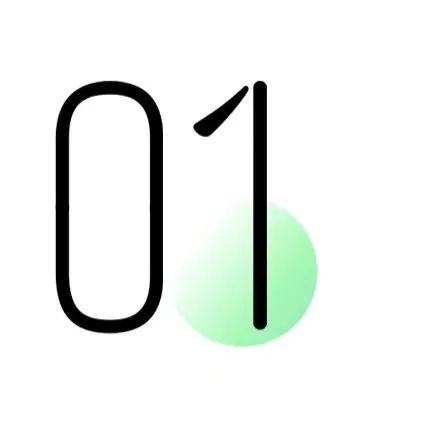
Introduction to PROTAC
Before discussing DAC, we need to familiarize ourselves with what PROTAC is. Have you already learned about this trending new technology?
PROTAC, or “Protein Degradation Targeting Chimera,” is rapidly changing the fields of biology and medicinal chemistry. This bifunctional molecule can specifically degrade target proteins within cells, thus having the potential to improve and/or prolong biological activity compared to simple small molecule inhibitors of the same entity.
The structure of PROTAC is shown below: it typically consists of a recognition element for the target protein, a portion that binds to E3 ligase, and a spacer that connects these two components (for specific mechanisms, please refer to “Ubiquitination Degradation”).
However, PROTAC has poor DMPK characteristics, such as low oral bioavailability and/or rapid in vivo clearance. This has become a major factor hindering the development of PROTACs, along with issues such as larger molecular weight (700-1100 Da) and fewer available E3 ubiquitin ligases.

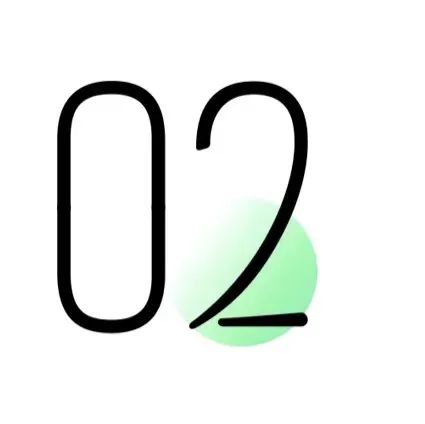
A DAC Targeting BRD4
In early 2020, Genentech described an efficient, VHL-based DAC conjugate targeting bromodomain-containing protein 4 (BRD4) (GNE-987), connected between ADC and PROTAC through a cleavable linker containing disulfide bonds, targeting the protein CLL1 (C-type lectin-like molecule-1), with a DAR of 6.
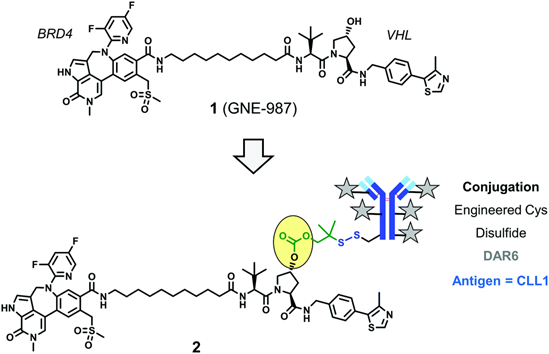
The mechanism of action of this DAC may be:
The antibody part of the DAC binds to the CLL1 receptor on the surface of tumor cells, after which the conjugate is internalized and transported to the lysosome (Step 1). In this proteolytic environment, the antibody is metabolized into amino acid components, leaving a cysteine residue that is partially attached to the rest of the linker via disulfide bonds (Step 2). The disulfide bond is then reduced (Step 3), providing the corresponding thiol, which undergoes self-immolation to release the degrader 1 to exert its effect (Step 4).
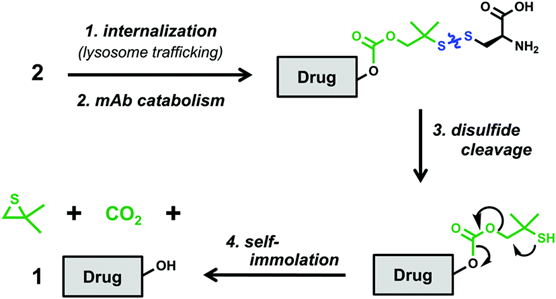
In HL-60 (left) and EOL-1 (right) xenograft models, after a single intravenous administration, control experiments showed:
(1) Unconjugated CLL1 mAb had no significant activity in these models. (2) CLL1 degrader conjugate with GNE-987 hydroxyproline diastereomer payload also showed no activity. (3) The correctly structured DAC targeting CLL1 exhibited dose-dependent activity with significant tumor suppression. (4) Unconjugated GNE-987 showed no activity.
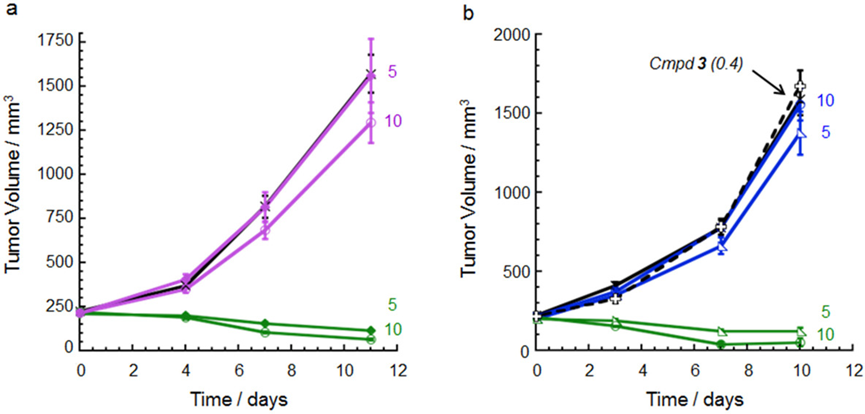
Figure Caption: Green trace: Degrader-mAb conjugate;: Purple trace: Compound diastereomer DAC
Blue trace: mAb Black trace (dashed): Unconjugated compound

Another DAC Targeting BRD4
Shortly after the aforementioned DAC appeared, University College London published a second example of BRD4 Degrader-Antibody Conjugates. They used dibromomaleimide reactions to reduce the interchain disulfide bonds of mAb to generate cysteine residues, which were used to connect four copies of the relevant linker-drug through thiol rebridging methods.
They connected the VHL-based PROTAC payload to an uncleavable linker using an ester moiety (yellow oval) and completed the final linker structure cycloaddition (SPAAC) reaction using copper-free, strain-promoted azide-alkyne cycloaddition. After delivering the conjugate to the lysosome, intracellular payload release can occur via ester cleavage. The antibody targets HER2.

In vitro experiments showed that this DAC provided dose-dependent BRD4 degradation in two examples of HER2-positive cells, but none in two HER2-negative control cell lines.
Additionally, fluorescence labeling observed DAC internalization in HER2-positive cells, followed by transport to lysosomal compartments. No related internalization and transport were detected in HER2-negative cells, consistent with the lack of degradation activity observed in experiments using these cell lines.
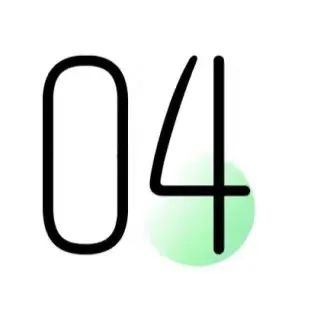
Future Outlook
1. Although the field of Degrader-Antibody Conjugates DAC is still in its infancy, various such entities have already been created, and the validated DACs show meaningful in vitro and/or in vivo biological activity.
2. In the generation of these conjugates, PROTACs binding to several different E3 ligases were used, and these payloads degraded several well-differentiated target proteins (Table 1). Additionally, many different novel linkers and mAb conjugation methods were used to construct the described DAC (Table 1).
3. Compared with most known cytotoxic ADCs (DAR = 2 to 4), many of these new entities adopt a higher payload (DAR value of 6), but it remains to be determined whether such an increase is generally required for typical DAC applications.
4. Challenges still exist in determining which PROTACs are suitable for DAC conjugation and how to best maintain (and ideally enhance) the biological activity of the selected chimeric degrader.

References:
[1] Dragovich PS. Degrader-antibody conjugates. Chem Soc Rev. 2022 May 23;51(10):3886-
3897. doi: 10.1039/d2cs00141a. PMID: 35506708.
[2] Antibody Conjugation of a Chimeric BET Degrader Enables in vivo Activity. ChemMedChem. 2020 Jan 7;15(1):17-25. doi: 10.1002/cmdc.201900497.
[3] M. Maneiro , N. Forte , M. M. Shchepinova , C. S. Kounde , V. Chudasama , J. R. Baker and E. W. Tate , ACS Chem. Biol., 2020, 15 , 1306.
Disclaimer